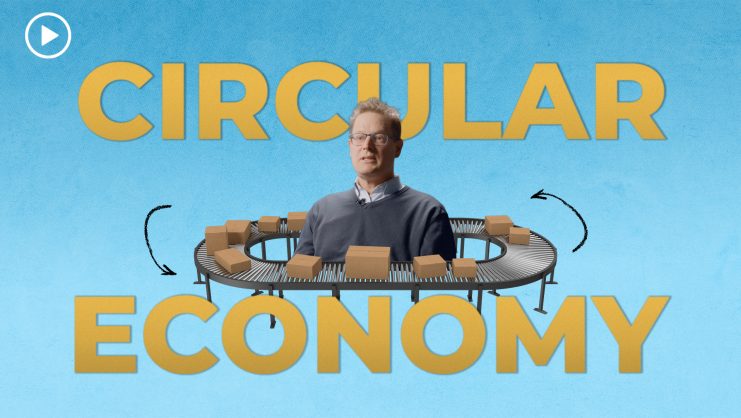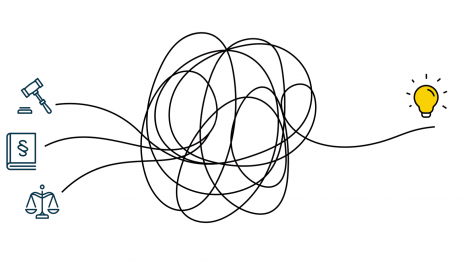How to Make Truly Useful Products
Products must be more than ideas or pet projects, they need to solve problems. C. Todd Lombardo analyzes why products fail and details how to ask the right questions before launching.
© IE Insights.
Transcription
Let’s help the world make products that are really, truly useful and not just somebody’s idea or somebody’s pet project. There are so many products out there and not all of them are useful.
In fact, there was a study done a few years ago by the Standish Group. They looked at 2000 software projects, over a thousand companies, and they found that about 45% of the product features that they created were not used at all by their customers.
A few years ago, there was this idea for a company called Quibi and this company was based off a premise of the average YouTube video view was less than 10 minutes in length. And so a couple of media industry veterans came together and said “could we create a lot of short form content?” Given Instagram reels, TikTok, all the popularity of these more short form kinds of content, but could they do in a way that’s mass produced like a sitcom or a TV drama.
And so create these like five, ten minute episodes and they got a ton of funding. In fact, it had so much funding, it was a $1.7 billion. Yes – that’s billion with a “b” – of funding. And it went nowhere. They hired lots of famous actors. They created lots of this content. But what they didn’t do was enough research to see how would consumers actually consume this content and watch this content.
They never understood the behavior habits of the consumer in a way that would make a lot of sense for them. And that’s ultimately one of the reasons why it failed, $1.7 billion lost. So here’s one of the things about product research and one of the rules of product research is: be prepared to be wrong. Now, you don’t want to be $1.7 billion wrong.
So what can we do ahead of that to maybe test out those assumptions, test out those theories to make sure we’re not spending that much money on something, to only watch it go up in smoke? So how do we make products that customers use on a regular basis? We have to start with the problem that it’s trying to solve.
We don’t want to start with a solution. We want to actually start with the problem. One of the more recent concepts that you’re seeing now is this race to add artificial intelligence and ChatGPT to a lot of different products and services today.
The challenge is if we don’t think about what problem that solves and we’re just rushing to get the solution there, we’re kind of putting some buzzworthy things out there in the market that may not actually solve our problem. And we may spend a lot of money trying to get this into our product, but it ultimately may not work and solve the problem that we actually think the customer has.
And that’s the thing you need to challenge and ask yourself, like, okay, am I just looking at a shiny object because you don’t want to lose a lot of money on saying “Hey, look, our product’s got AI,” but if nobody really cares if it doesn’t really solve their problem, your customers don’t care if the product has AI.
We’re swimming in data these days and we need to make sure that we’re asking the right questions of our data. Because we have so much data, and even with the latest generative AIs, we’re even generating more data that didn’t even exist previously. We need to be careful about what questions we’re asking and be very smart about it so that we’re able to get the outcomes we’re looking for, able to ask it the right questions.
There are disciplines forming today around how to ask ChatGPT a question. They’re calling it prompt engineers. There’s actually job postings starting to become a thing because the ability to ask a question of this dataset is insane and how you actually do this in a way that’s going to be useful to you.
You have to be very clever and creative about how you ask this question because there’s so much data available. We have some bias, right? And think about the bias that Quibi had. They were kind of hell bent on this short form video content because they saw a lot of trends that seemed to make a lot of sense.
So it comes down to asking the right questions of our data so that we’re matching that data to our desired outcome, and then we’re a lot less wrong and our products are more successful, make sure it’s fit for purpose: the data you have and the data you want to get, will actually help you solve the problem.










